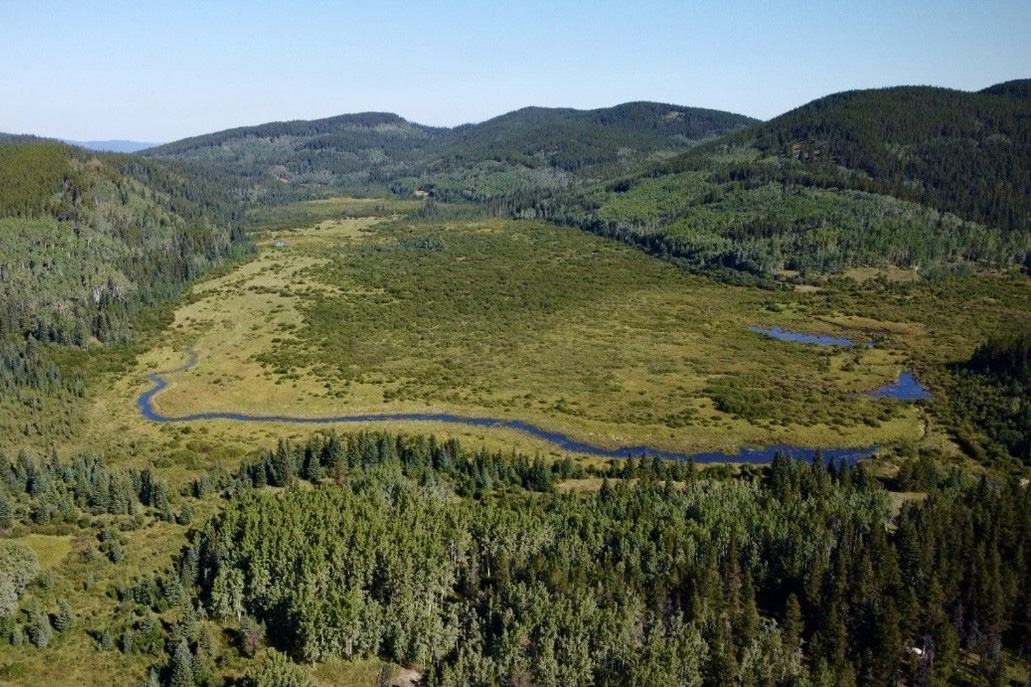
Sibbald Fen included among UNESCO’s new Ecohydrology Demonstration Sites
Sibbald Fen, a unique and ecologically significant peatland in Kananaskis, Alberta, has been officially recognized as one of UNESCO's new Ecohydrology Demonstration Sites.
As one of the latest additions to the UNESCO Global Network of Ecohydrology Demonstration Sites, Sibbald Fen joins an esteemed list of 51 sites across 32 countries recognized for innovative approaches to managing water in harmony with nature.
Located in the montane region of the Canadian Rockies in Kananaskis Country, Alberta, Sibbald Fen is a unique landscape that was formed approximately 13,000 years before present through the interaction between wetland vegetation and beaver activity. It serves as a living laboratory for understanding ecohydrological processes.
Sibbald Fen is managed by Dr. Cherie Westbrook (PhD), an ecohydrology professor in the Department of Geography and Planning at the University of Saskatchewan and affiliated with the Centre for Hydrology and Global Institute for Water Security. Westbrook leads the Beaver Ecohydrology Lab, which uses Sibbald fen to investigate how beaver-driven ecosystem engineering can act as a natural solution for climate adaptation and ecosystem restoration.
Established in 2006, Sibbald Fen was created to better understand how beavers modify mountain peatlands’ structure and how these changes impact their ecological and water-regulating roles, with additional interest in how climate change affects these beaver-influenced ecosystems.
With beavers affecting most mountain peatlands (Morrison et al., 2015), beaver ecosystem engineering in peatlands creates "slow flow" environments that reduce runoff and enhance water storage. The presence of beavers can also support peat accumulation, plant growth and biodiversity.
Sibbald Fen plays a key role in emphasizing the importance of integrating beaver-driven ecohydrological processes into conservation and climate adaptation strategies, showcasing how nature-based solutions can address pressing environmental challenges.
Morrison, A., Westbrook, C.J. & Bedard-Haughn, A. Distribution of Canadian Rocky Mountain Wetlands Impacted by Beaver. Wetlands 35, 95–104 (2015). https://doi.org/10.1007/s13157-014-0595-1
More information on Westbrook's research can be found here: https://www.cheriewestbrook.ca/pages/5341
Learn more about UNESCO’s Ecohydrology Demonstration Sites: https://www.unesco.org/en/articles/meet-14-new-ecohydrology-demonstration-sites
Sibbald Fen is part of the Canadian Rockies Hydrological Observatory and Global Water Futures Observatories.
